

The Neurosurgery Department of Guangdong Provincial People's Hospital was established in 1956. It is the first neurosurgery department in Guangdong Province and one of the first neurosurgery departments in China. After more than 60 years of accumulation and development, the department has made rapid development and made some achievements in clinical practice, teaching and scientific research. Now it is a key specialty in Guangdong Province, and in recent years it has steadily ranked the top five in South China in the comprehensive ranking list of specialty in Fudan University.
There are 18 physicians in the department, including 8 chief physicians, 3 associate chief physicians, 5 attending physicians and 2 residents, 7 with doctor's degree and 6 with master's degree.There are 1 doctoral supervisor, 5 master supervisors, and 33 nurses in total. The neurosurgery department has a total of 78 beds, including 11 beds in intensive care units. The department has a number of modern advanced surgical equipments and instruments, such as microscope with tumor and vascular fluorescence imaging function, neuroendoscopy, neuronavigation, O arm, ultrasonic suction, intraoperative B-ultrasound apparatus, Doppler ultrasound apparatus with chopstick probe, neuroelectrophysiological monitor, intraoperative cortex and deep brain electroencephalogram monitor, etc. Seven subspecialties were builded in the department, including brain tumor neurosurgery, skull base tumor and neuroendoscopic surgery, cerebrovascular disease neurosurgery, functional neurosurgery, spinal cord and spine neurosurgery, pediatric neurosurgery, and craniocerebral trauma. The main diseases treated in our department include central nervous system tumors, cerebrovascular diseases and complex hydrocephalus and so on. More than 2600 surgeries have been performed per year.
Main diseases treated in the department:
(1) Neurosurgery for brain tumors. Main diseases include: all kinds of brain tumor (glioma, meningioma, acoustic neuroma, brain metastatic tumor, pituitary adenoma, craniopharyngioma, trigeminal schwannoma, ependymoma, medulloblastoma and choroid plexus papilloma, germ cell tumors, primary central nervous system lymphoma, chordoma, epidermoid cyst, cavernous hemangioma, skull tumors, etc.).
(2) Vascular neurosurgery. Main diseases include: cerebral aneurysm, congenital cerebral arteriovenous malformation, internal carotid cavernous sinus fistula, dural arteriovenous fistula, moyamoya disease, intracranial artery stenosis, cervical extracranial artery stenosis, venous sinus thrombosis, spinal vascular malformation, etc.
(3) skull base tumor and neuroendoscopic surgery. Main diseases include: pituitary tumor, craniopharyngioma, skull base meningioma, small tumors and lesions in the ventricle, germ cell tumors in the pineal region, various hydrocephalus, arachnoid cyst, serious infection, cerebrospinal fluid rhinorrhea, etc.
(4) Functional neurosurgery. Main diseases include: drug refractory refractory epilepsy, Parkinson's disease, obsessive-compulsive disorder, trigeminal neuralgia, hemifacial spasm, glossopharyngeal neuralgia, peripheral neuralgia, and so on.
(5) Spinal and spinal neurosurgery. Main diseases include: schwannomas in and out of the spinal canal, meningiomas, tumors in the spinal cord, primary or metastatic tumors in the spinal canal, various complex spinal vascular malformations, Chiari malformations, syringomyelia, cervical and lumbar intervertebral disc degeneration, myelomeningocele, spinal bifida, tether of the spinal cord, etc.
(6) Pediatric neurosurgery. Main diseases include: the aforementioned types of neurosurgical diseases in infants and children, including tumors, cerebrovascular diseases, functional diseases, spinal cord and spinal diseases, craniocerebral injuries. Especially hydrocephalus, craniocerebral tumors in children, cerebral arteriovenous malformations in children, intractable epilepsy in children, tethered cord, etc.
(7) craniocerebral trauma surgery. The main treatment diseases include: traumatic intracerebral hemorrhage (including epidural hematoma, subdural hematoma, intracerebral ventricle hematoma), severe brain swelling, chronic subdural hematoma, skull defect, etc.
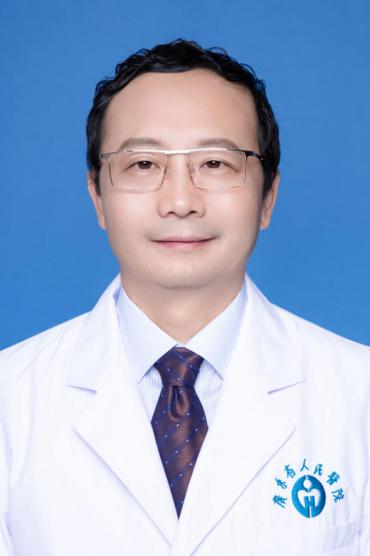
Director
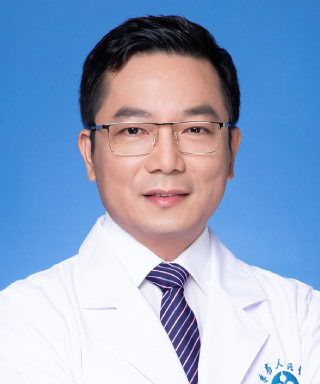
Deputy director of the department of neurosurgery, Chief physician, doctor of medicine, master tutor.
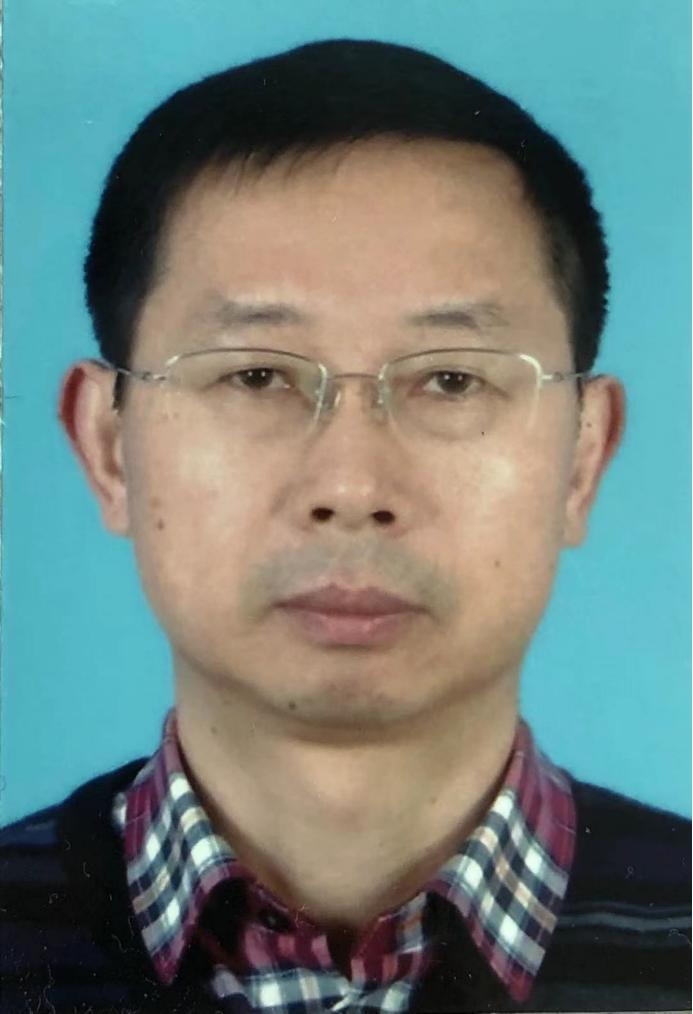
Chief Physician
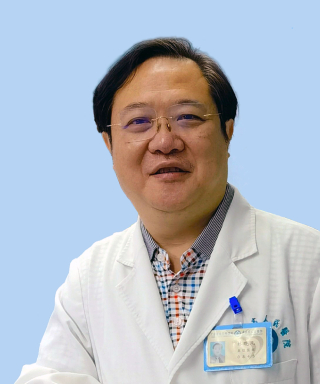
Chief Physician
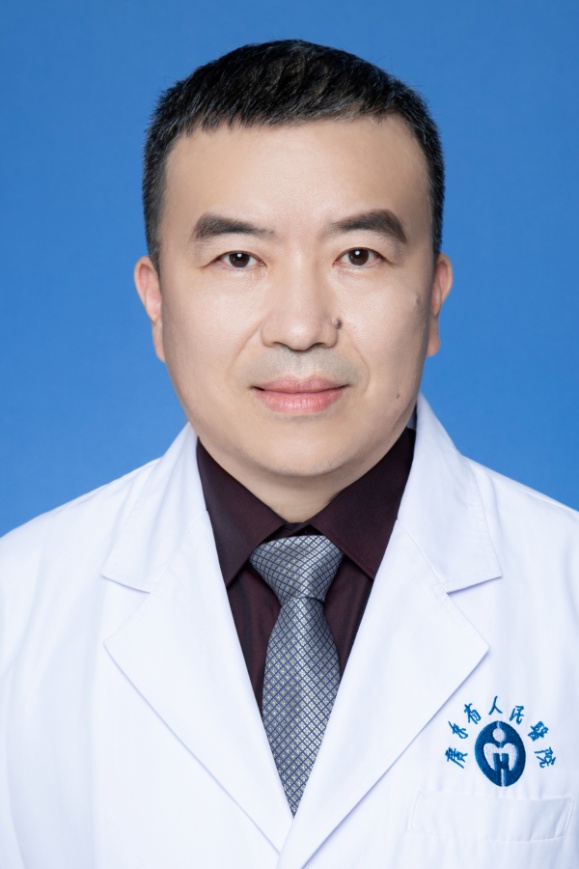
Chief physician
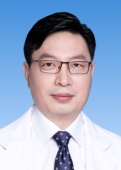
Teaching director
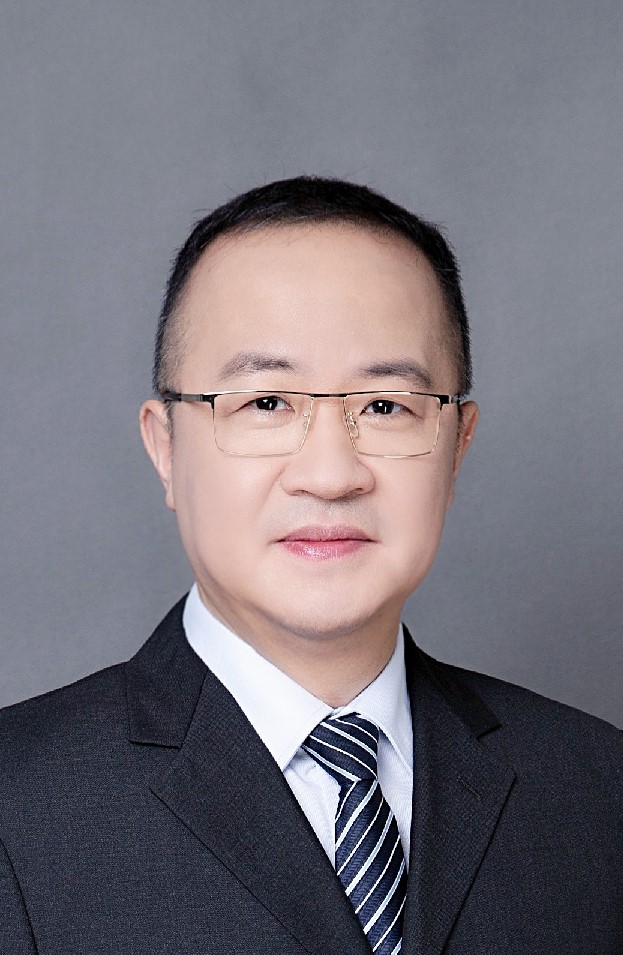
Consultant neurosurgeon , Professor, tutor of postgraduates
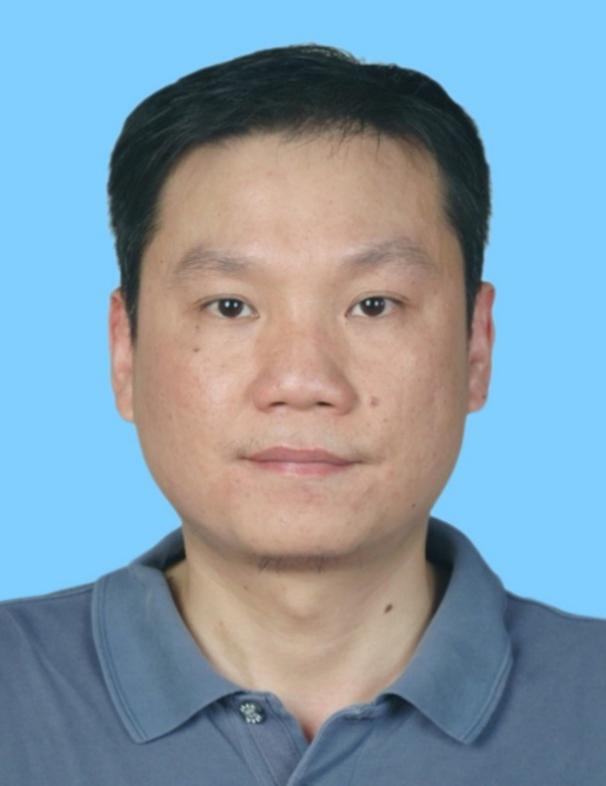
Chief surgeon

PH.D. & M.D., Associate chief physician, Master's Supervisor
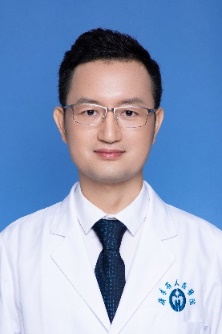
Associate chief physician, Senior consultant in Neurosurgical Department
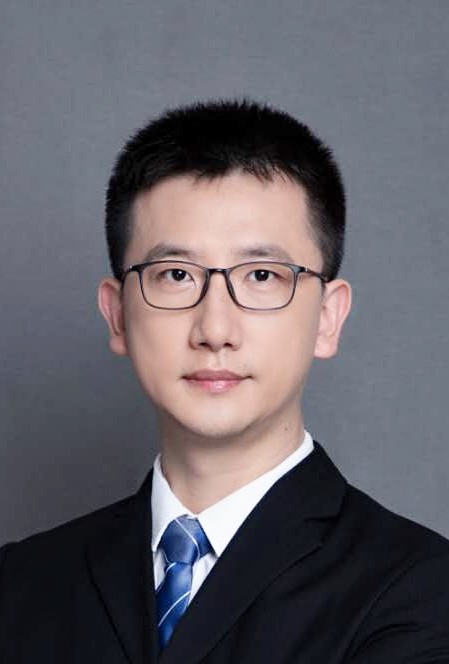
Associate consultant neurosurgeon

MD.and PhD, attending physician
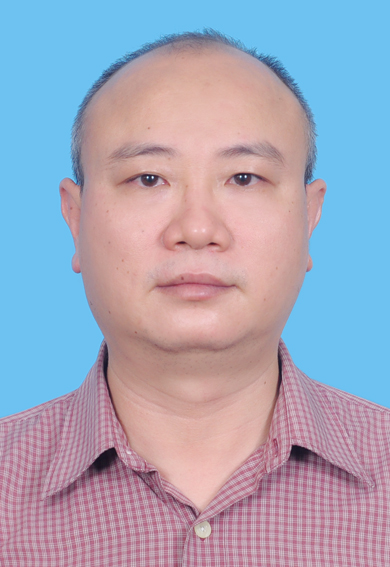
Attending physician